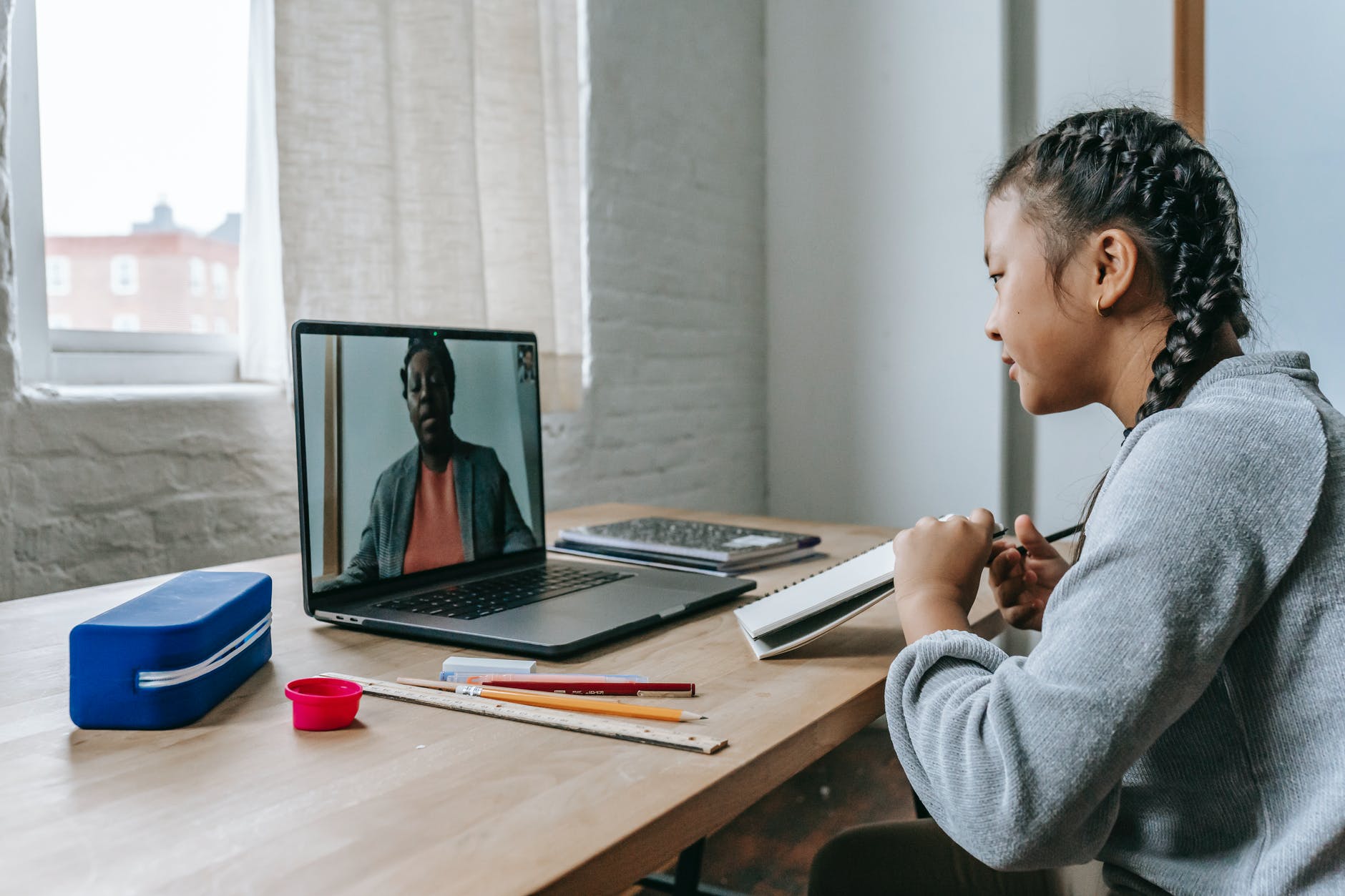Andrew Estrada Phuong from the University of California, Berkeley was a speaker at the Lilly Conference Online 2021 and presented on the “Adaptive Equity-Oriented Pedagogy: A Framework for Increasing Student Engagement and Success in Your Classrooms.”Estrada Phuong used the Adaptive Equity-Oriented Pedagogy (AEO) to evaluate teaching strategies and challenges. I had not heard about AEO pedagogy so I was interested in this session! Estrada Phuong used memes and key phrases to deliver the presentation and discuss concepts. For example, “our world outside of school impacts our success” and how we should consider expert bias. Phuong presented the Adaptive Equity-Oriented Pedagogy described by Phuong et al. 2017 to introduce AEP Formative Assessment. Phuong emphasized understanding students by drawing connections to students’ interests, awareness of contextual challenges, and understanding barriers to learning and motivation as one half of the picture with assessment as the other component. I loved a graphic Phuong showed with the AEP elements under a bridge:
- Clarify course policies and learning outcomes
- Align assessments and activities with outcomes
- Identify interests and competencies
- Understand barriers to reaching goals
- Adapt learning activities
- Iterate: support continuous learning and growth
The bridge Phuong displayed supported by the elements above started with the creation of a brave space. Phuong also looked at how to integrate AEP into lessons, displaying a graphic with concept relevance, productive struggle, model expert thinking, deliberate practice, low-stakes feedback, and in-class & project-based opportunities. “AEP fosters mastery learning” was emphasized by Phuong citing Susan Ambrose (2020) to help students:
- Acquire component skills
- Practice integrating skills
- Know when and why to apply skills
Phuong then described a study they did using AEP and incorporating additional practice and feedback. The study used a repeated measures approach with students observed at multiple timepoints (months) and taking tests. The AEP treatment class higher and more consistent scores and higher normalized learning gains. Similar trends were observed regardless of gender and immigration status. Phuong also evaluated sense of purpose, relevance, agency, validation, sense of belonging of participants, observing higher rating for AEP students. Additional strategies discussed included storytelling, dynamic lecturing, and clear expectations. One strategy that I may try is using a task chart (can be a GoogleDoc) for group work and collaboration. Phuong then used breakout rooms to have participants brainstorm and share ideas for AEP. Ideas shared included providing feedback on “half drafts” to chunk assignments, providing students a format or roadmap of what we are doing in class, low-stakes assignments with feedback that build to a larger project, transparent assignment guidelines (here is what we are doing, here is how we are doing it…). Phuong ended by mentioning AEP as a way of creating a better learning experience by providing clear instructions, recognizing different starting points, and setting realistic expectations that take into account a holistic assessment of student learning. As I listened to this session after reading the Ungrading book, I appreciate the reference to frameworks that center the student first, provide feedback with the goal of improvement, and promote mastery through the application and practice of skills. I hope to begin moving the courses I teach in this direction!



